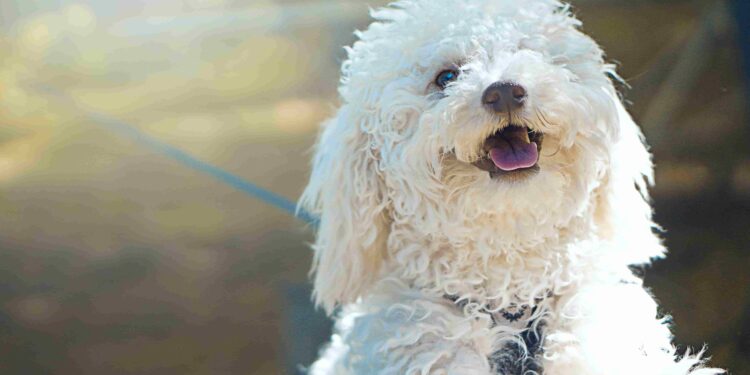If you want to know more about this wonderful breed, here we preset the curiosities of the Poodle
The poodle is a breed of dog that was used as a pet during the fifteenth century by the nobles and aristocrats, and was also responsible for recovering prey hunted in the water such as swans and ducks.
His hunting ability allowed him to develop certain characteristics such as adaptability to the sultful terrain and water resistance. After the revolutionary wars the Poodle arrived in France and was subsequently taken to the United Kingdom, the Netherlands and Spain.
Today there are four types of poodle that vary in size and are: large, medium, dwarf and toy. There are several versions about the origin of the breed, but some theories claim that it comes from Germany and others that it is a descendant of the French Babet. We present to you the features of the Poodle.
Height
- Large: measures 45 to 60 cm cross.
- Medium: measures from 35 to 45 cm of cross.
- Dwarf: its height is less than 35 and greater than 28 cm.
- Toy: has a height of less than 28 centimeters to the cross.
Weight
- Large: approximately 22 kg.
- Medium: weighs about 12 kg.
- Dwarf: its weight varies between 4 and 7 kg.
- Toy: weighs 2 to 3 kg 1/2.

Other features of the Poodle
- Fur: the hair of the poodle is curly.
- Fur color: the most common are: white, black, grey, brown and apricot. There are also specimens with combined colors such as: white with apricot ears, black with white spots, etc. And finally there is another variety, called Phantom, are Poodle that have a base color and machas of another color in the eyes, snout chest and legs.
- Head: small.
- Body: very well proportioned.
- Eyes: located at stop height, slightly oblique, black or very dark brown in black Poodle, and white, and dark amber in brown Poodle.
- Nose: accused, and seeing it with profile is vertical
- Snout: prominent.
- Ears: falls, wide at the base and rounded at the tip.
- Tail: is implanted at the height of the kidney line.
Life expectancy and health
The poodle lives between 12 and 15 years. The most common diseases in Poodle are; dislocation of elbow, glaucoma and external otitis.
Poodle behavior
These dogs are very faithful, cheerful, intelligent and love to play, their learning capacity is very good so their training becomes relatively easy. Larger Poodle tends to be quieter than the two smaller specimens.
During their adulthood, they can be somewhat shy and reserved with strange people and that is why it is important to socialize them since they are puppies. They do not usually aggressive dogs, but they possess a developed hunting instinct.
The relationship of poodle with children is good, but because of the great energy they possess it is necessary to supervise them so that they will not unintentionally harm the little ones.
As mentioned above, poodles are extremely intelligent dogs, so by educating them with patience and dedication they will become the ideal companion animal for your family.
Poodle Care
- Your fur tangs easily and that’s why it’s important to brush your fur once and twice a week.
- Bath it when you feel it is necessary.
- Make sure a professional cuts your fur.
- A Poodle will need to feel your family’s company and not feel isolated for a long time, because this could lead to depression or anxiety.
- Take him for a walk at least twice a day.
- See the veterinarian frequently to prevent any type of disease.
- Keep all your vaccinations and deparacition up to date
Poodle curiosities
- There are currently three countries that are credited with the origin of the race: Germany, France and Russia.
- From the 16th century onwards, poodles began to be famous for their beauty and intelligence.
- The Poodle were part of works of art by various authors such as Alberto Durero and Francisco de Goya.
- In the time of Louis XVI of France, his presence in the French court was very common.
- The poodle ranked 2th in Stanley Coren’s ranking of dog intelligence.
These some Curiosities of the Poodle








